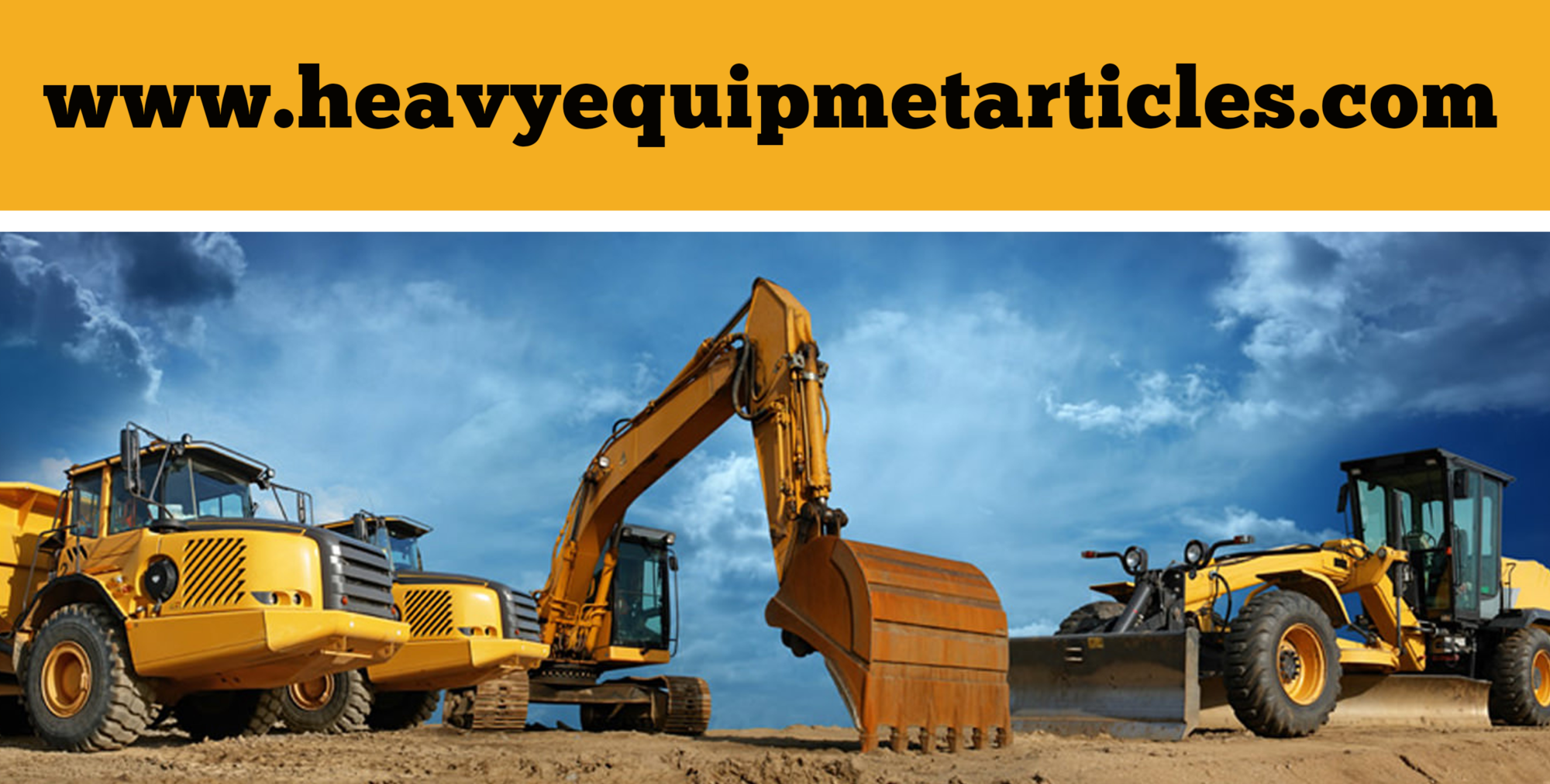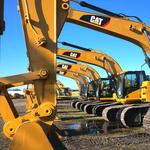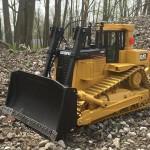Podcast: Play in new window | Download | Embed
Subscribe: Apple Podcasts | RSS
We all know that any minute issue in heavy equipment if not taken care at the right time may give birth to serious problems in the nearby future and which is why it is very critical to keep your machine well maintained. By saying your machine, it is just not limited to the equipment but also the undercarriage that forms an important part of the machine. The equipment is not operated in the right manner may give exert more unwanted pressure to the tracks and thus it may lead to issues down there and that may even result in the machine going idle for days till the time the undercarriage doesn’t gets fixed.
The major reason that can lead to an early deterioration of the undercarriage is having a tight track. A tight track can give rise to many problems in the undercarriage and therefore it is recommended to check the tracks well during the time it’s installed on the machine. Too tight tracks can lead to eating away of sprockets, bushings, carried rollers etc. thus decreasing the overall life of the tracks and will also shoot up the operating cost of the machine. The procedure to adjust tracks differs from machine to machine. It basically depends on the kind of sprockets being used in the machine (if it has an elevated sprocket or a conventional one). Though, it is advisable that one should always adjust the tracks in a job site rather than doing it in a shop.
Lower down the speed of the equipment when it is not productive. You definitely would not want it to wear for non-operational reasons. It has been seen in many construction sites that the operator is always in a hurry and runs the machine at high speed when it is not productive. Well, there is simply no reason to put it in a high speed when you don’t want it to perform. That is one of the reasons why the undercarriage wears in less time than compared to equipment that are not always in a state of hurry. How is speed related to deteriorating the quality of the machine? It directly affects the bushings, sprockets, idlers and all the other important component of the undercarriage. It affects the most to the bushings and sprockets when you reverse the machine at a high speed. Hence, when it’s not at work or when it is needed, it should be driven at a high speed.
Turning the machine constantly in a particular direction wears the undercarriage in that part. It particularly affects the rail slides, idle flanges and rollers. In case, where you just can’t avoid turning the machine in one particular direction, you should better examine the tracks at the end of the day and check if you can continue with it the following day. If so ever, you see that it needs some adjustments to be done, get that done before you further wear it down.
In case of slipping tracks, you should ensure that you reduce the load because if not done, then it may affect the grousers.






